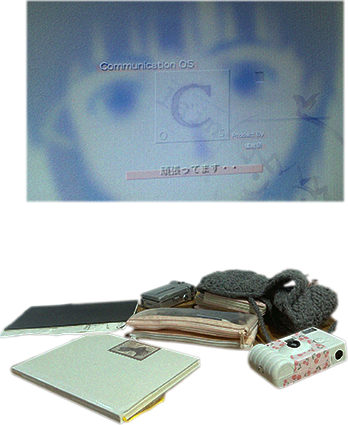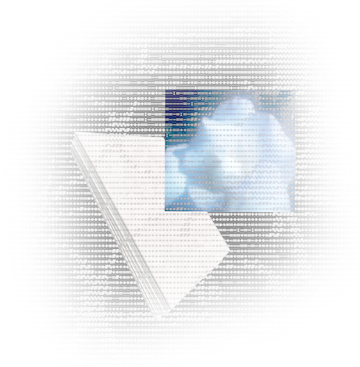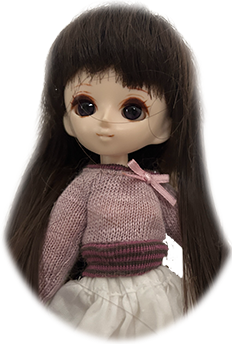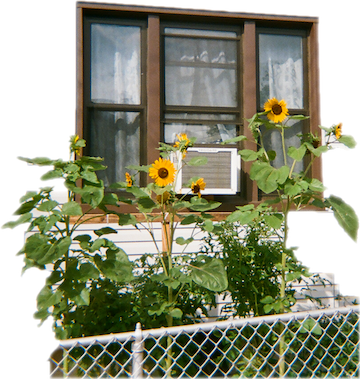underneath.study is an offsite and online learning + arts collective dedicated to the principle of generosity as knowledge. situated in the belief of sharing skills, resources, and time, underneath.study and its offerings stem from generosity within and should be as accessible and straightforward as possible. our offerings are built on community and promise a tangible or lyrical artifact at the end to be shared as a token of shared time together, and published in our collective zine publication on a rolling basis.
view open calls for our print publication . . .
calendar
-
wednesdays, 12/3 – 12/17:
digital archiving: gallery of anonymous memories w/ alexa ann bonomo

-
10/29:
serial experiments lain ep 1, "weird" w/ tiat

-
wednesday, 11/5:
from the loom to the machine: a night of bookbinding and ascii art w/ alexa ann bonomo

-
friday, 11/7:
solo show presents: swarm axes 05 w/ solo show online

-
wednesdays, 11/5 –12/10:
i remember: a five-week generative writing workshop w/ alex wolfe

pragma + activations
at underneath.study, participation is accessible in various forms
-
the casual learner
someone who is curious about teaching or learning new skill, and is open to various outcomes and levels of rigor during the offering
-
the academic
someone interested in honing expertise within a discipline, and would like to engage in both (1) developing skillsets and (2) expanding their horizons through literature review.
-
the socialite
someone mainly interested in meeting other people with similar skills and interests, but would like to participate mainly via offsite excursions around the local area.
from the loom to the machine: a night of bookbinding and ascii art
from jaquard’s loom (1801), to ada lovelace and the analytical machine (1837 – 1843), to ascii art (1966), to typographic grids, to bookbinding as computational craft. enjoy a night of history, computation, and learn how to create a simple soft-bound book of chosen ascii art.
❧ w/ alexa ann bonomo
❧ wednesday, 11/5
❧ 7:00 pm – 9:30 pm pst
❧ offsite at tiat
jaquard’s loom introduced the idea that a pattern could be encoded. the loom had punch cards that instructed the machine how to raise or lower warp threads, resulting in the first example of binary structure based on whether there was a hole or not in the card. this embedded mechanical pattern is where we see the first example of a stored program, thus making the loom the first compiler.
ada lovelace's notes says, “the analytical engine weaves algebraical patterns just as the jacquard loom weaves flowers and leaves,” and used this metaphorical language to compare computation to textile logic.
in 1964, kenneth knowlton publishes first ascii-based artwork using an IBM 7094 to convert photographs to images made up of characters and produces studies in perception i.
in this workshop, you will define the steps to create a softbound book made up of ascii art of your choosing or making. you will be given a layout in figma and learn how to print 3 signatures (folded groups of pages) using adobe acrobat. after printing, you will learn coptic, kettle, and link stitch—a set of operations yielding predictable, aesthetic structure—to create the spine of the book.
a book is an early database, a corpus of pages linked through sequence, index, and binding logic. yet, we will not be touching our keyboards at all for most of the night. bookbinding is slow, thoughtful, and tactile. come prepared for pleasant chatter with friends, snacks, and drinks. bring a story. relinquish yourself from typing, and instead weave your own ascii art softbound book.
agenda
– understand the throughline of history from the invention of the loom to bookbinding
– design and print a book layout of personal ascii art in figma and adobe acrobat
– handstitch together your own softbound book
schedule
– 7:00 – 7:30 — historical background and introduction to ascii art bookbinding process
– 7:30 – 8:00 — creating ascii art, making layout, printing pages
– 8:00 – 9:30 — stitch together softbound books
required materials
– a laptop or a sketchbook
– pens and/or pencils
– you can go completely low-tech if you want with this
